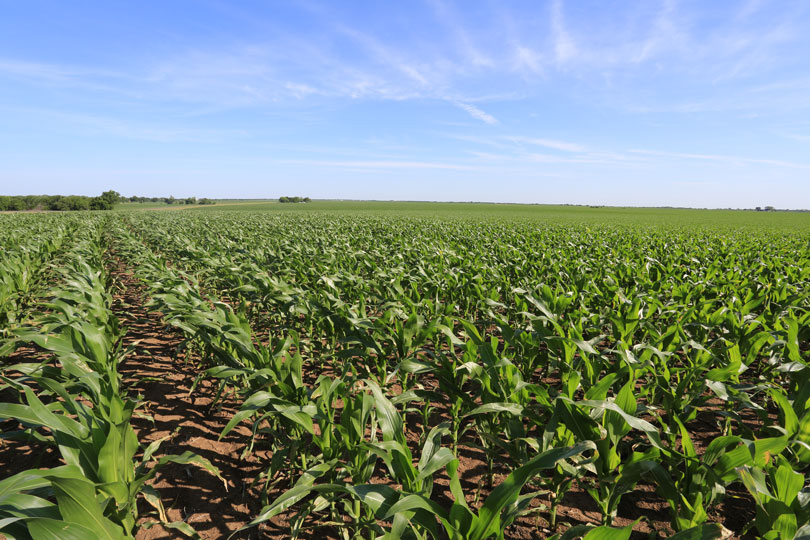The U.S. Department of Agriculture (USDA) announced today it will provide $16 billion to assist farmers hurt by the trade battle with China and wet weather that kept many in areas of the country from planting a crop this spring.
Sign up for the new Market Facilitation Program (MFP) begins Monday, July 29, and runs until Dec. 6.
MFP payments will be made in up-to three tranches, with the second and third tranches evaluated as market conditions and trade opportunities dictate. If conditions warrant, the second and third tranches will be made in November and early January, respectively.
The first tranche will be comprised of the higher of either 50 percent of a farmer’s calculated payment or $15 per acre, which may reduce potential payments to be made in tranches two or three. USDA will begin making first tranche payments in mid-to-late August.
To be eligible for payments, applicants also must either have an average adjusted gross income for tax years 2014, 2015 and 2016 of less than $900,000; or derive at least 75 percent of their adjusted gross income from farming or ranching.
Farmers also must comply with the provisions of the “Highly Erodible Land and Wetland Conservation” regulations, often called the conservation compliance provisions, and have a farm number with USDA’s Farm Service Agency.
MFP payments are limited to a combined $250,000 for non-specialty crops per person or legal entity.
MFP payments are also limited to a combined $250,000 for dairy and hog farmers and a combined $250,000 for specialty crop farmers. However, no applicant can receive more than $500,000.
For non-specialty crops, assistance is based on a single-county payment rate multiplied by a farm’s total plantings of MFP-eligible crops in aggregate in 2019. Those per-acre payments are not dependent on which of those crops are planted in 2019. A farmer’s total payment-eligible plantings cannot exceed total 2018 plantings.
County payment rates range from $15 to $150 per acre, depending on the impact of unjustified trade retaliation in that county. Acreage of non-specialty must be planted by Aug. 1, 2019, to be considered eligible for MFP payments.
“We greatly appreciate President Trump’s concern for America’s farmers and ranchers in these difficult economic times, and we are grateful for this continued trade assistance to help our farmers and ranchers stay in business and continue feeding our nation,” American Farm Bureau Federation President Zippy Duvall said. “These are difficult times for agriculture, and the longer these trade wars continue, the deeper the impact on farm country. Farmers are being hit with tariffs on top of already-challenging economic conditions from severe weather events, low commodity prices, lack of available labor and a host of other impacts. It’s the perfect storm for agriculture, and these continuing trade wars are adding to the increasing financial burden on our farmers and ranchers.”
U.S. Secretary of Agriculture Sonny Perdue said USDA designed the program based on feedback following last year’s $12 billion trade assistance program.
“We are appreciative of the assistance,” said Russell Boening, president of Texas Farm Bureau. “It will help, but we need to resolve current trade disputes and get back on track for free and fair trade. We consider passage of the U.S.-Mexico-Canada Agreement in this Congress to be a critical first step.”
Farmers who struggled with floods and repeated rainfall can seek a $15 per-acre payment under the program, according to the USDA, provided they filed an insurance claim for impacted fields and planted a replacement crop to help maintain fields. Acres that went unplanted entirely are not eligible.

